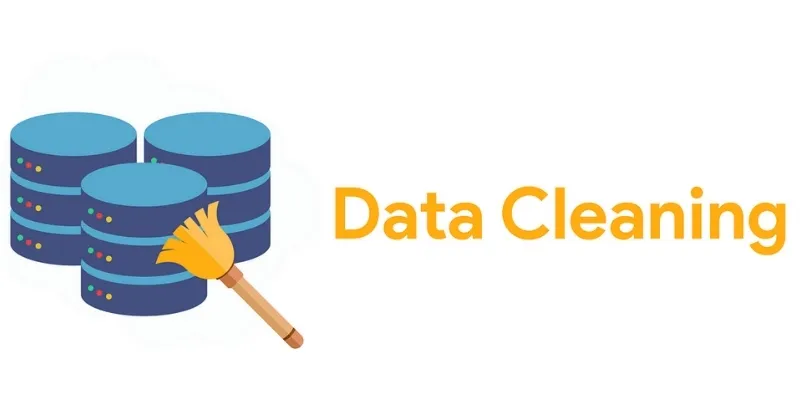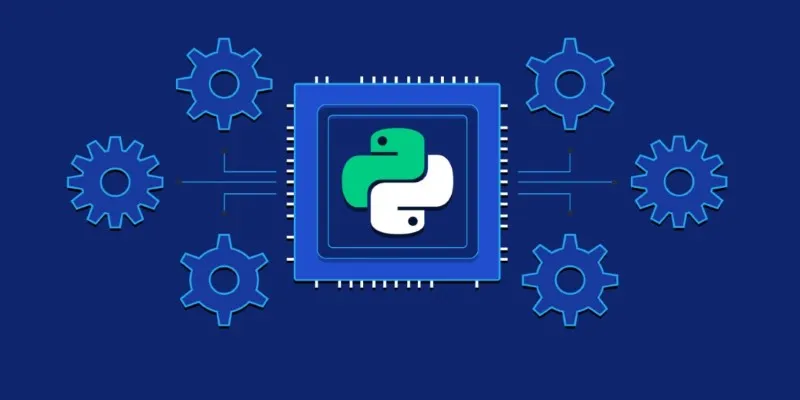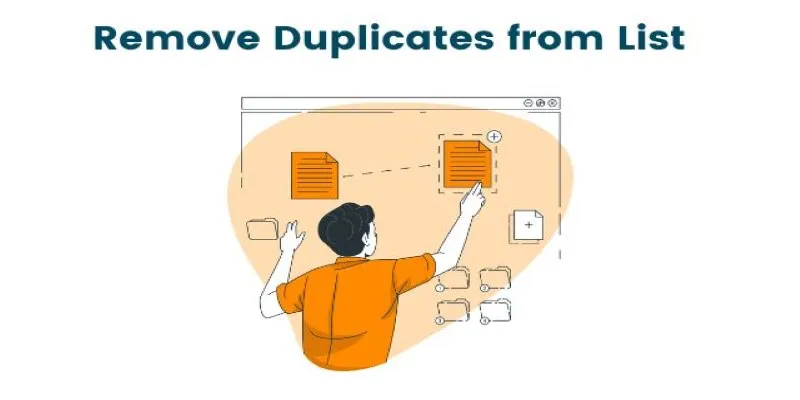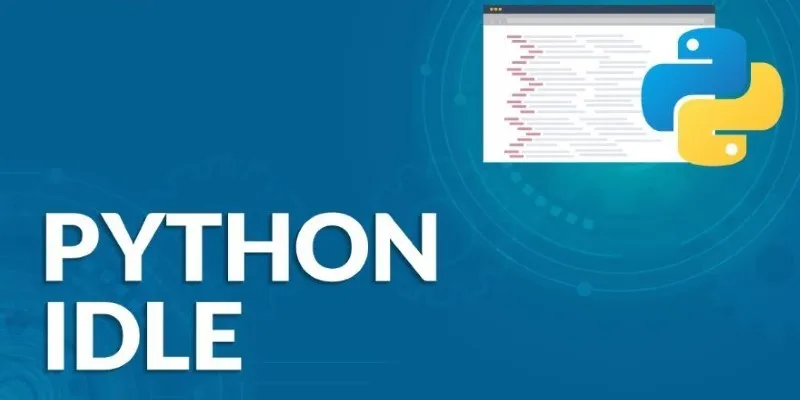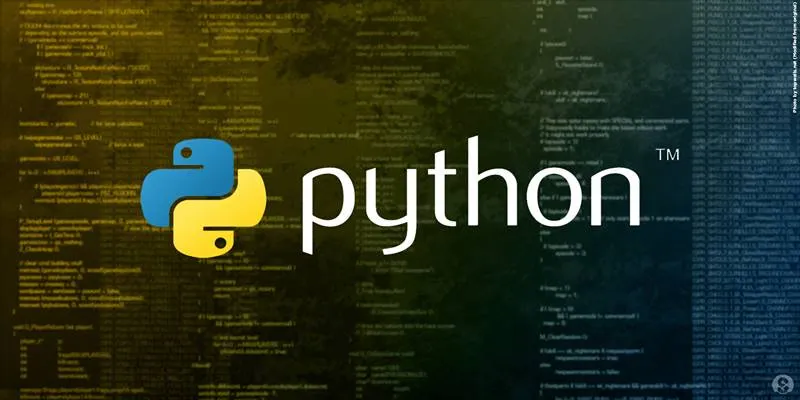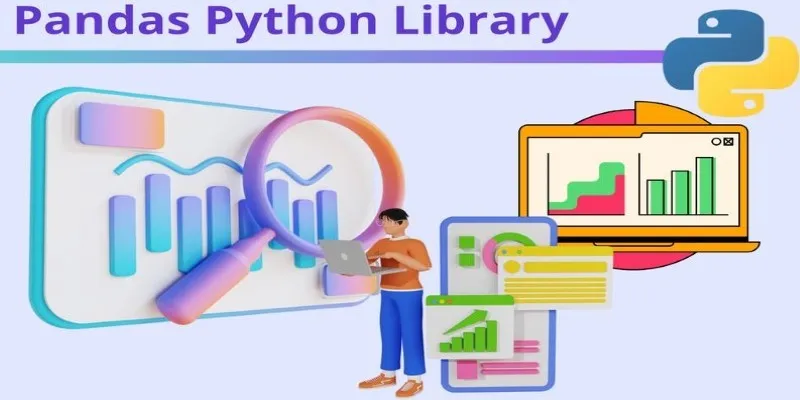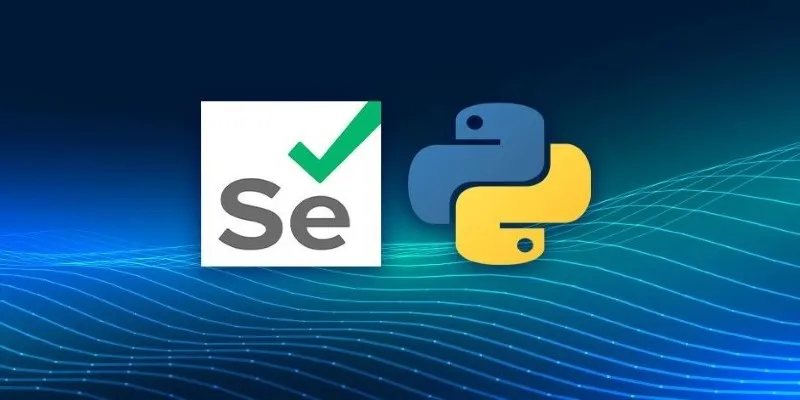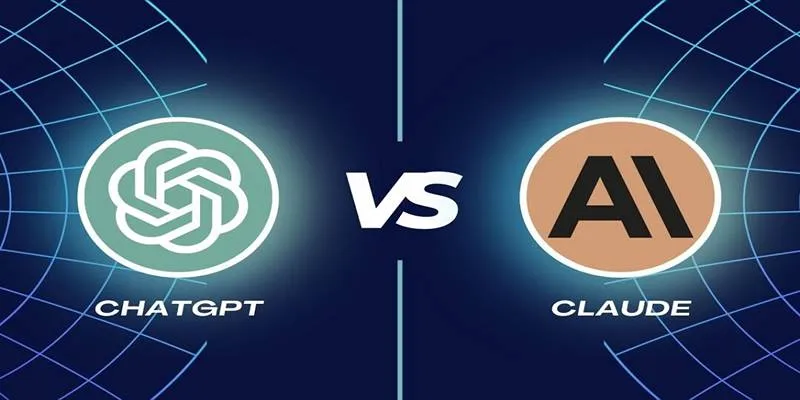Teaching machines to write code isn’t science fiction anymore—it’s a reality that developers and researchers are actively pursuing. CodeParrot is a prime example of this technological progress. It’s a language model designed to generate Python code, trained from the ground up without shortcuts or preloaded intelligence. Every aspect of its performance is a result of the dataset, architecture, and training process.
Building a model from scratch involves starting with nothing but data and computation, which offers both a chance for customization and a steep learning curve. This article explores how CodeParrot was trained, what makes it unique, and how it’s being utilized.
Building the Dataset: Why What Goes In Matters
CodeParrot’s dataset was sourced from GitHub, meticulously filtered to include only Python code with permissive licenses. The team removed non-code files, auto-generated content, and other noise, ensuring that what remained was both usable and relevant. This decision helped the model learn meaningful patterns rather than clutter.

The final dataset amounted to about 60GB. While modest in size, its quality was high, encompassing practical scripts, library usage, and production-level functions—code that real developers write and maintain. This is crucial because the model becomes more reliable when trained on code that addresses actual problems.
An essential step was deduplication. GitHub has many clones, forks, and repetitive snippets. Repeated data can lead to overfitting, causing the model to echo rather than comprehend. By filtering out duplicate files, the team ensured broader exposure to different styles and structures, helping the model generate original code instead of regurgitating old examples.
Model Architecture and Tokenization
CodeParrot leverages a variant of the GPT-2 architecture. GPT-2 strikes a balance between size and efficiency, particularly for a domain-specific task like code generation. While larger models exist, GPT-2’s transformer backbone is sufficient to effectively learn Python’s structure and syntax.
Tokenization is the process of splitting raw code into digestible parts for the model. CodeParrot uses byte-level BPE (Byte-Pair Encoding), breaking input into subword units. Unlike word-level tokenizers that struggle with programming syntax, byte-level tokenization handles everything from variable names to punctuation seamlessly.
This approach is significant because programming languages rely on strict formatting and symbols. A poor tokenizer might misinterpret or overlook these elements. Byte-level tokenization treats all characters as important, providing the model with a consistent input format.
It also allows the model to handle unknown terms or newly coined variable names without issues. This flexibility is critical in programming, where naming is often custom and unpredictable.
Training the Model: From Random Noise to Code Generator
Training from scratch begins with random weights. Initially, the model has zero understanding—not of syntax, structure, or even individual characters. It gradually learns by predicting the next token in a sequence and adjusting when it’s wrong. Over time, it improves these predictions, forming an internal map of what good Python code looks like.

This process utilized Hugging Face’s Transformers and Accelerate libraries, with training run on GPUs. The training involved standard techniques: learning rate warm-up, gradient clipping, and regular checkpointing. Any failure in these steps could stall the training or produce unreliable output.
As training progressed, the model started recognizing patterns such as how functions begin, how indentation signals block scope, and how loops and conditionals operate. It didn’t memorize code but learned the general rules that make code logical and executable.
Throughout the process, the team evaluated the model’s progress using tasks like function generation and completion. These checks helped determine if the model was improving or merely memorizing. They also assessed whether the model could generalize—writing functions it hadn’t seen before using the learned rules.
This generalization is what distinguishes useful models from those that just echo their data. CodeParrot could complete code blocks or write simple utility functions with inputs alone, indicating it had internalized more than just syntax.
Use Cases, Limits, and What’s Next
Once trained, CodeParrot proved useful in several areas. Developers utilized it to autocomplete code, generate templates, and suggest implementations. It helped reduce time spent on repetitive tasks, like writing boilerplate or filling out parameterized functions. Beginners found it a valuable learning aid, offering examples of how to structure common tasks.
However, it has limitations. The model doesn’t run or test code, so it cannot verify if what it produces actually works. It may write logically valid code that fails when executed. Additionally, it cannot judge efficiency or best practices, as it predicts based on patterns, not outcomes. Therefore, any generated code still requires a human touch.
Another concern is stylistic bias. If the training data leaned heavily towards a particular framework or coding convention, the model might favor those patterns even in unrelated contexts. It might consistently write in a certain style or structure that doesn’t suit every project. Hence, careful dataset curation is crucial—not just for function but for diversity.
Looking ahead, CodeParrot could be extended to other programming languages or trained with execution data to better understand what code does, not just how it looks. This would pave the way for models that don’t just write code but help debug and test it, too.
The goal isn’t to replace developers but to reduce friction and free up time for more thoughtful work. When models like this are paired with the right tools, they become collaborators, not competitors.
Conclusion
Training CodeParrot from scratch was a clean start—no shortcuts, no reused weights. Just a focused effort to build a language model that understands Python code. The process was deliberate, from constructing a clean dataset to fine-tuning the model’s understanding of syntax, structure, and logic. What emerged from that effort is a tool that aids programmers, not by being perfect, but by being helpful. It doesn’t aim to replace human judgment or experience. Instead, it lightens the load on routine tasks and assists people in thinking through problems with fresh suggestions. This represents a significant step forward in coding and machine learning.
For further reading on machine learning models in code generation, consider exploring Hugging Face’s library for more advanced tools and resources.
 zfn9
zfn9

